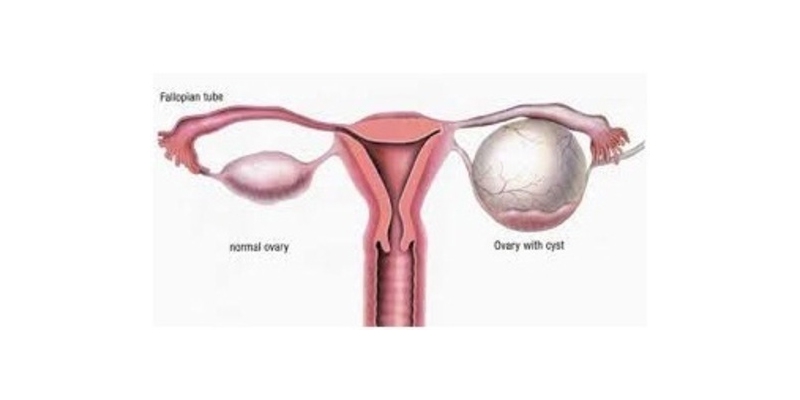OVARIAN CYSTS
- Home
- OVARIAN CYSTS
OVARIAN CYSTS – SIGNS & SYMPTOMS, TREATMENT, SURGERY, OVARIAN CYSTECTOMY, OVARY REMOVAL

Ovaries are a part of the female reproductive system located in the lower abdomen. They are placed on both sides of the uterus. There are two ovaries that produce hormones progesterone and estrogen as well as eggs. Ovaries are responsible for controlling the development of female body characteristics such as hair, body shape, and breasts. They also regulate pregnancy and menstrual cycle.
Over time, a fluid-filled structure or sac can be developed on one of the ovaries. This sac is called a cyst and many women, during their lifetime develops at least one cyst. Cysts are harmless and in most of the cases, they cause no pain or any symptoms. However, cysts may or may not represent a neoplasm or tumor. If it appears to be a tumor, it may be malignant or benign.
Signs and Symptoms of Ovarian Cyst
In most cases, ovarian cysts do not show any signs of discomfort. But the symptoms can appear if the cyst tends to grow. It may include
What causes Ovarian Cysts?
There are several factors that cause ovarian cysts and most of them are not cancerous.
Diagnosing Ovarian Cysts
Doctors at Vedanta hospital follows a multitude of diagnostic procedures for testing and diagnosing ovarian cysts. It includes a routine pelvic examination, looking for a swelled-up ovary, and more.
In case, if the doctor feels like the conditions are worse, he/she may issue imaging tools for diagnosing ovarian cysts.
Treatment for Ovarian Cysts
The ideal treatment of ovarian cysts depends on the symptoms and its cause. Moreover, the doctor will consider your age and the size of your cyst to determine the treatment plan. It requires frequent monitoring to determine whether the cysts are functional or not. The cysts are prone to get ruptured and can cause significant bleeding. In this case, ovarian cysts surgery is required. Moreover, malignant and benign tumors also require surgical treatment.
The vital part of any kind of cyst treatment is observation. The doctors also evaluate blood tests like CA-125 to determine if the cyst poses any potential for cancer.
Surgical Treatment for Ovarian Cysts
Ovarian cysts can be easily removed via surgery either with laparotomy or with laparoscopy.